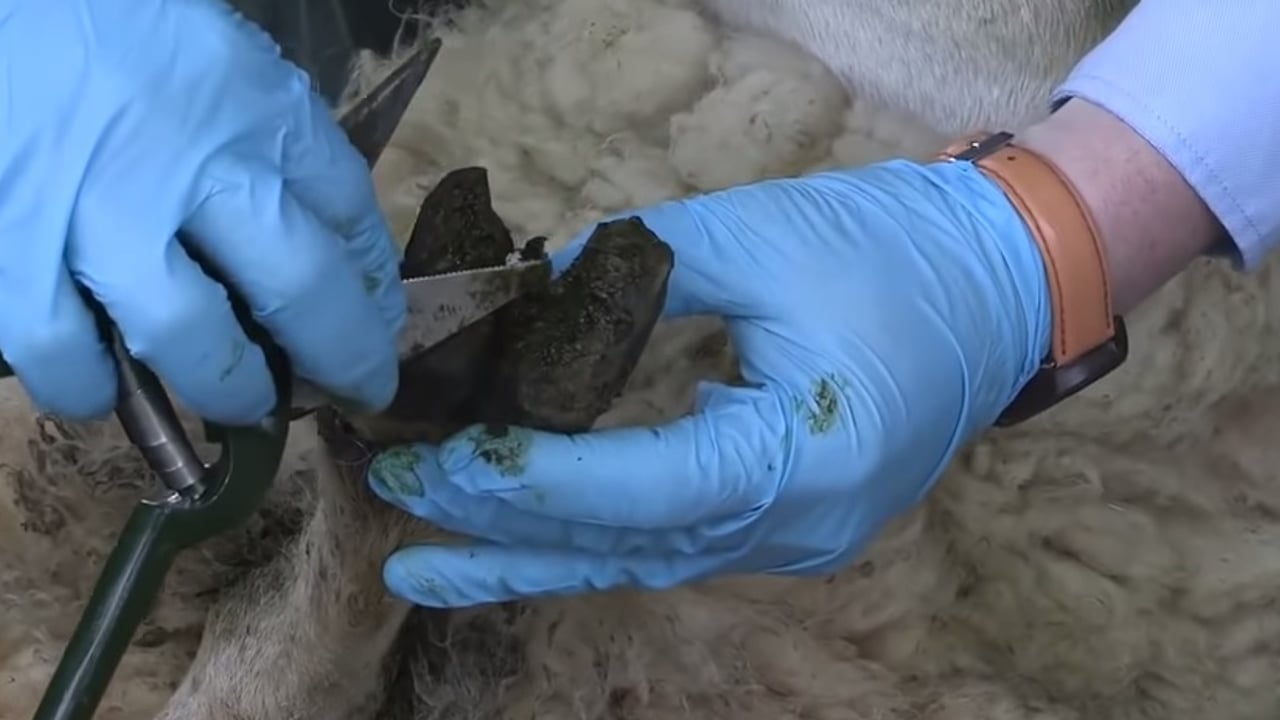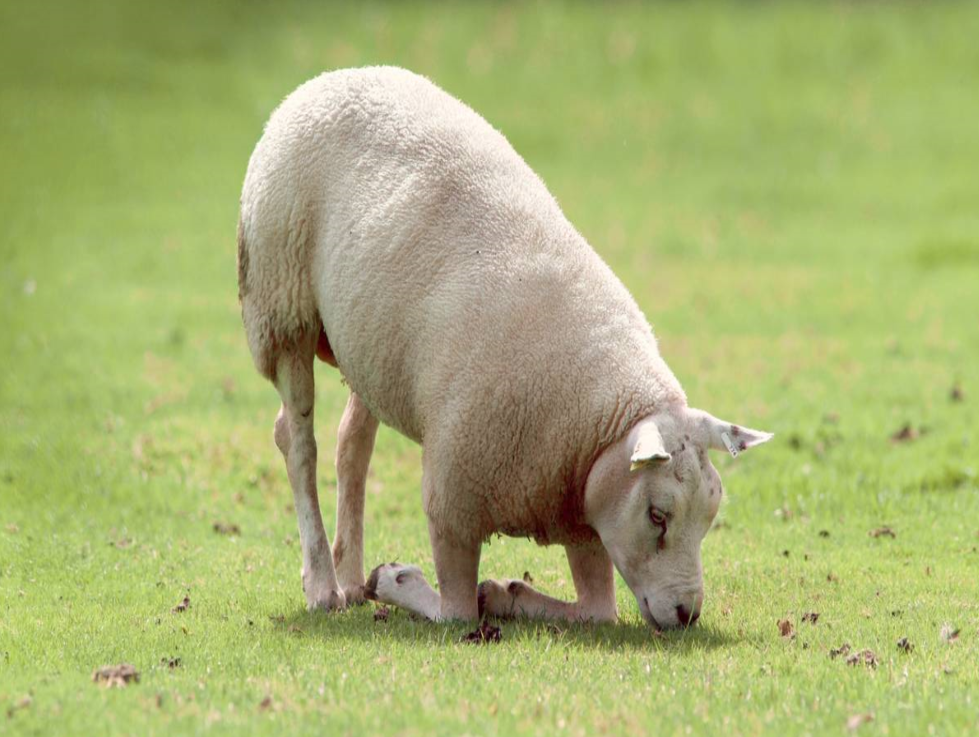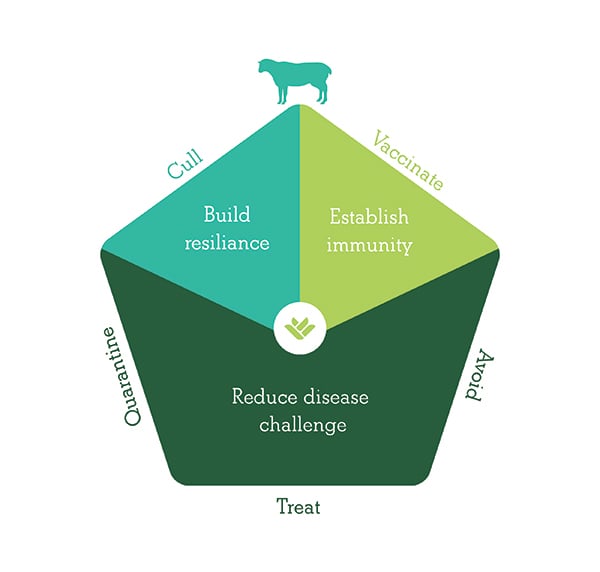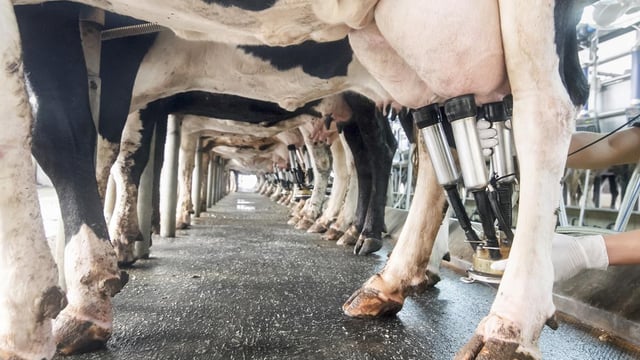Sponsored Article
Lameness: A critical issue for the sheep industry in Ireland
Sponsored Article

By Suzanne Naughton MVB, veterinary technical advisor, MSD Animal Health.
Lameness is often viewed as one of the most critical issues facing the sheep industry in Ireland today. Not only does lameness severely impact on welfare, but it can also impact on sheep productivity.
This results in reductions of up to 15% in ewe conception rates, 20% in body condition scores (BCS) and 20% in ewe conception rates (in comparison to sound ewes); the cost alone of lameness to the sheep industry is estimated to be €5 million annually.
Many farmers commonly accept lameness rates of over 10%. However, the ideal target should be no more than 5% of lame sheep in the flock at any one time.
Footrot is a highly infectious bacterial disease caused by two separate bacteria – Fusobacterium necrophorum and Dichelobacter nodosus.
F. necrophorum – which can also cause foot scald – is found in the gut and faeces of all sheep. Feet of affected sheep are the main source of infection within the flock.
Footrot is typically characterised by a foul smell and under-running of the hoof wall. Although infection can occur at any time, outbreaks tend to happen more frequently during the spring and autumn months when environmental conditions are more favourable.
Other common conditions implicated in lameness include scald and contagious ovine digital dermatitis (CODD).
Scald, which is a precursor to footrot, is often characterised by reddening and loss of hair between the hooves; it can be easily controlled by appropriate foot bathing.
CODD on the other hand, is a much more severe condition in which infection initially starts at the coronary band before leading to under-running of the hoof wall and complete avulsion of the hoof wall from underlying tissue.
CODD is often viewed as one of the most severe foot conditions affecting sheep. Cases of CODD – which have resolved after infection – are often left permanently lame due to changes to underlying tissues and bone within the hoof.
CODD is an extremely difficult condition to treat and results can be variable after antibiotic treatment and antibiotic footbaths.
When investigating lameness on farm, it is essential to involve your veterinary practitioner as early as possible to obtain a correct diagnosis and to implement an effective control plan.
Through implementing the five point plan and routine consultation with your veterinary practitioner, a target of 5% of lame sheep at any one time can be more achievable. This – in turn – will significantly improve the welfare, productivity and viability of your sheep flock.
More information
For more information on lameness in sheep and its treatment and control, just [button link="http://www.bovilis.ie/sheep/lameness/"]click here[/button]
Sponsored Article







